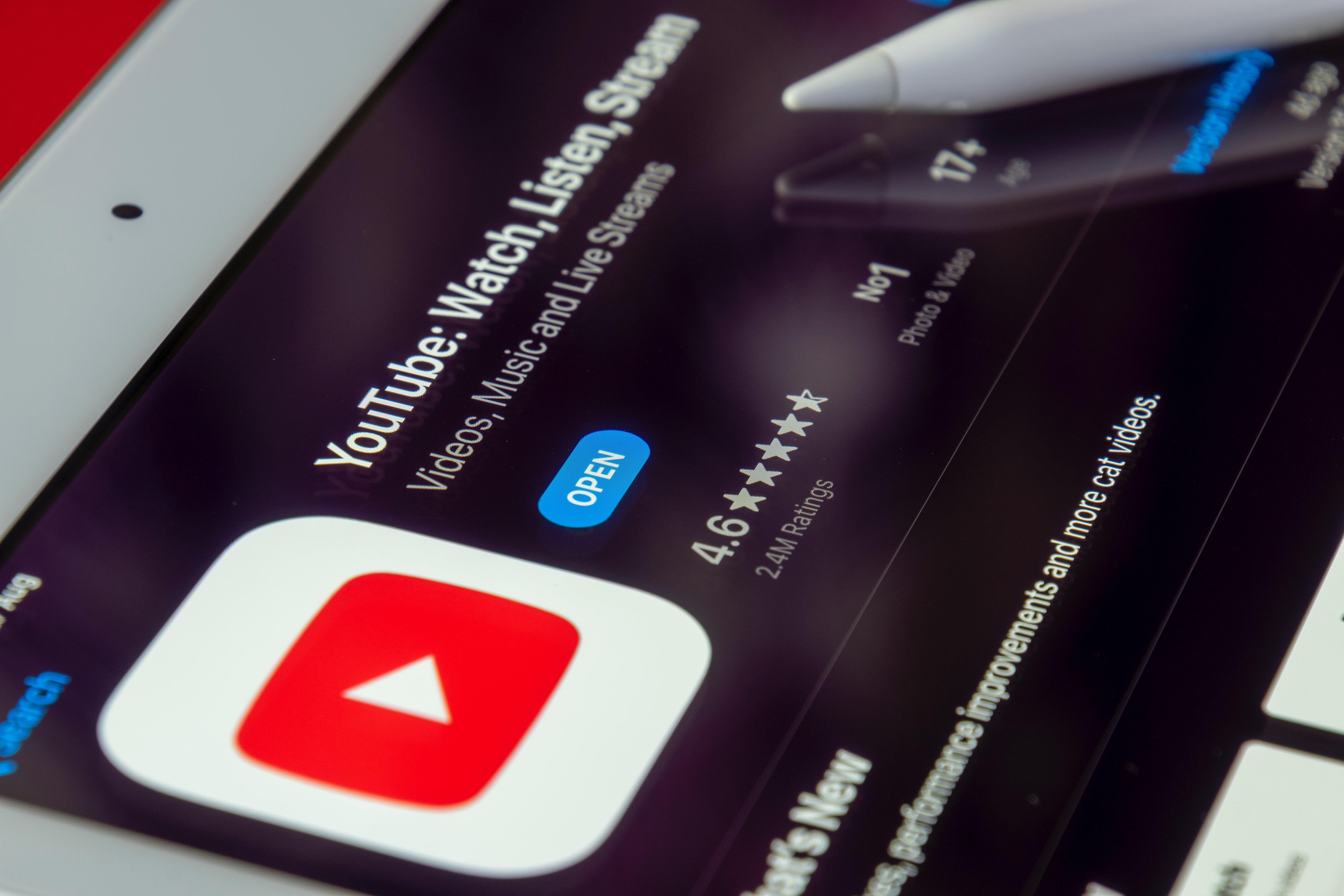Two-Sided Price Discrimination by Media Platforms
An increasingly common practice among media platforms is to provide premium content versions with fewer or even no ads. This practice leads to an intriguing question: how should ad-financed media price discriminate through versioning? I develop a two-sided media model and illustrate that price discrimination on one side can strengthen the incentive to discriminate on the other. Under this self-reinforcing mechanism, the ad allocations across different consumer types depend crucially on how much nuisance of an ad “costs” consumers relative to the value it brings to them. Interestingly, higher-type consumers, who value content and advertising quality highly, may see more ads than lower-type consumers if the nuisance cost is relatively low. Furthermore, the standard downward quality distortion generally fails to materialize in a two-sided market and may even be reversed: higher-type consumers may be exposed to too few ads that result in a lower total quality than the socially efficient level, whereas lower-type consumers may receive a socially excessive quality. The circumstances under which the self-reinforcing mechanism may be weakened and the implications for media platform design are explored.











